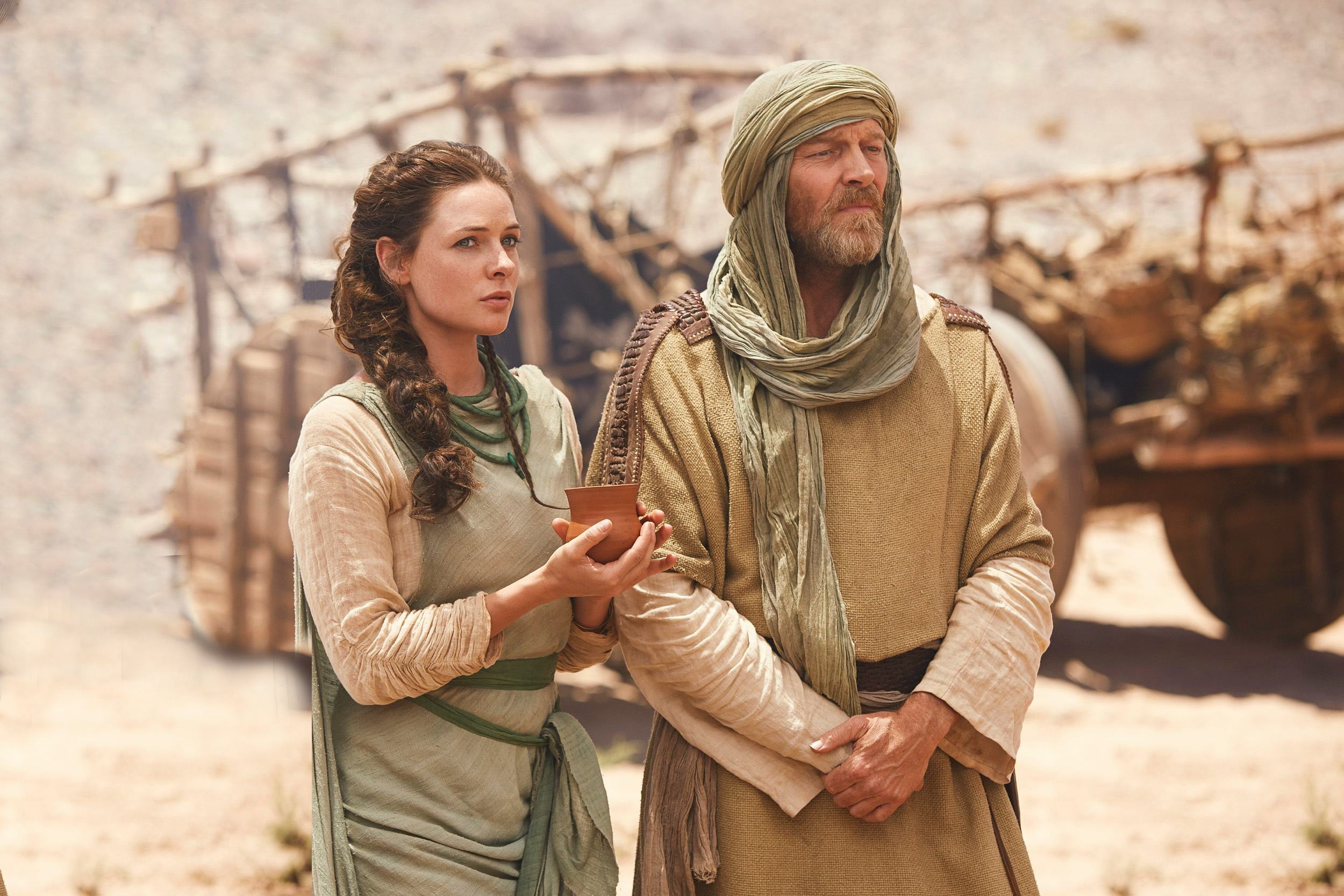


The women worship many goddesses, including the moon goddess, Innana, who seems to encompass everything feminine.What occupations did the women have? Do these seem well researched and authentic as described in the book? What is the purpose of daughters?.we are all born of the same mother." Is the women's isolation in the tent a positive experience? What is the significance of the red tent? What activities take place there? "Every woman is a creature of the red tent. Each month the women go to the red tent.Does the author deal fairly with both the male and female points of view? What strikes you about the cultural differences Dinah encounters vis-à-vis food, clothing, work, and male-female relationships. The book travels from Haran (contemporary Iraq/Syria), through Canaan and into Shechem (Israel), and into Egypt.What effect does this have on the narrative? What effect does this have on the reader?

Dinah’s point of view is often one of an outsider, an observer.Discuss the importance of Inna, Tabea, Werenro, and Meryt. Female relationships figure largely in The Red Tent.Does he treat Dinah differently from his sons? Does he feel differently about her? If so, how? How do the fertility childbearing and birthing practices differ from contemporary life? How are they similar? Childbearing and childbirth are central to The Red Tent.Do you think Diamant accurately portrays the relationships among women? Dinah is rich in "mothers." Discuss the differences or similarities in her relationship with each woman.



 0 kommentar(er)
0 kommentar(er)
